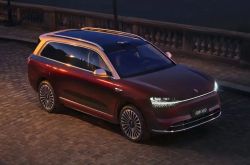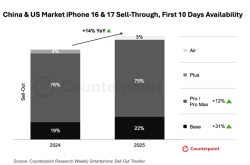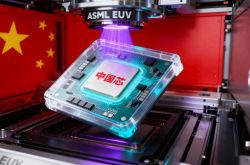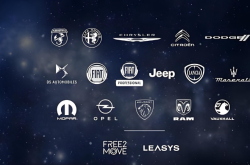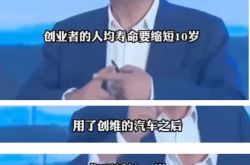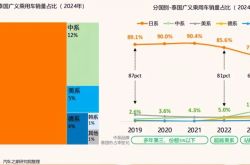Driverless Vehicles: $580 Million in Q1 2025 Financing – Are Investors Hoarding "Screws" and "Ground-Level Experts"?
![]() 04/11 2025
04/11 2025
![]() 642
642
Introduction
On a March morning in 2025, 30 driverless vehicles staged a behavioral art performance on the streets of Yizhuang, Beijing. They circled JD.com's headquarters nine times with empty cargo boxes, yet backend data showed the completion of 900 delivery orders.
This spectacle, humorously dubbed "phantom deliveries," unveiled the harshest survival rule in the driverless vehicle race: As long as the capital narrative is compelling enough, even empty runs can yield a billion-dollar valuation.
Among the $580 million in driverless vehicle financing disclosed in Q1 2025, the most remarkable story belongs to a small factory in Suzhou: Liqun Technology, which produces LiDAR brackets, secured $11.6 million in investment by integrating temperature sensors into the brackets, a "micro-innovation."
This underscores a new industry consensus: In the marathon of driverless vehicles, the ability to manufacture whole vehicles is merely the entry-level requirement. The true victors are those who can dominate the supply chain.
Let's delve into this with Driverless Vehicles Coming (public account: Driverless Vehicles Coming)!
(For reference, please click:
"Driverless Vehicle Financing Hits a New High! New Stone Age Driverless Vehicles Complete $145 Million in C+ Round Financing! 2025 Investment Trends and Market Analysis")
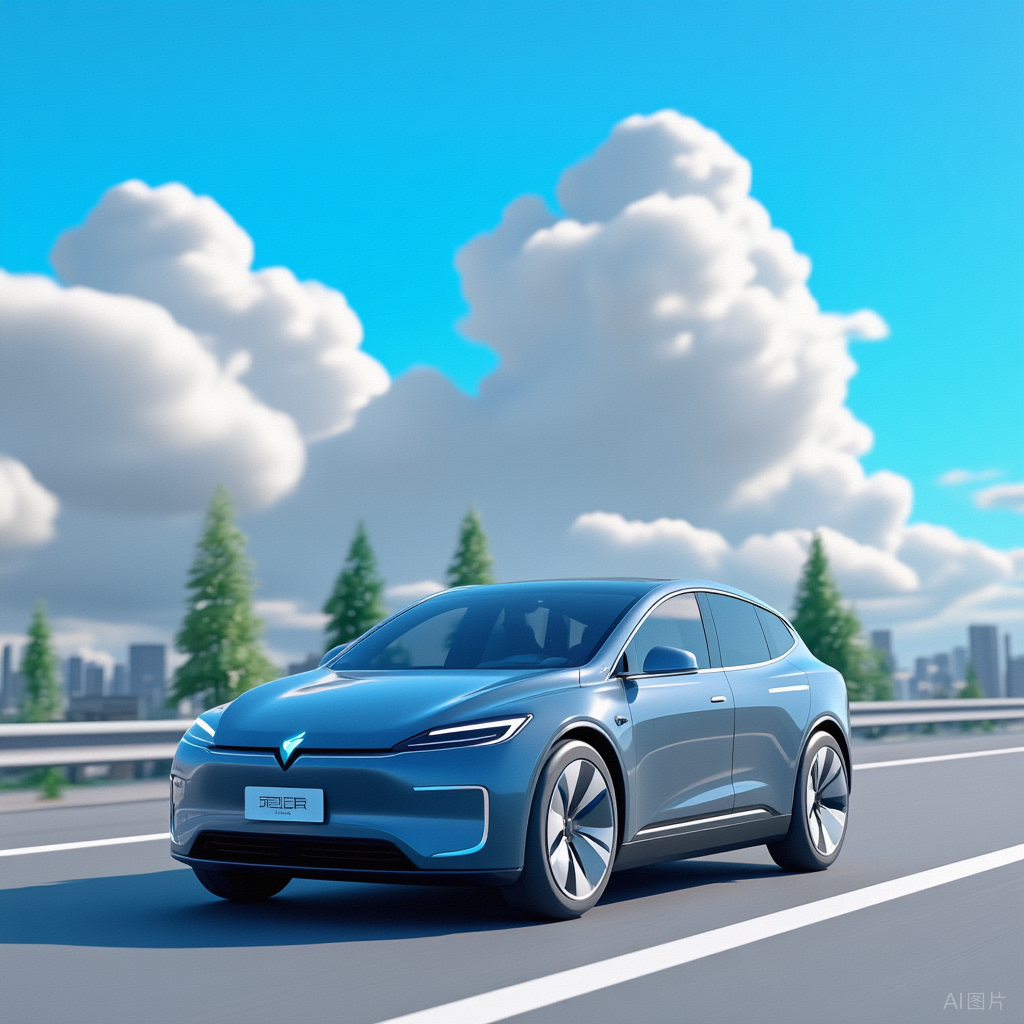
I. Capital Migration: From Whole Vehicle Frenzy to Component Frenzy
Revisiting the Q1 2025 financing landscape, we observe money migrating south like migratory birds:
Component Frenzy in the Yangtze River Delta
Shanghai Master: Secured angel funding by equipping driverless vehicles with "electronic noses" (VOC sensors) capable of detecting stinky tofu in delivery packages. Sentu Intelligent: Installed sanitation worker voice packs on sweeping robots, with the Nanjing dialect version of "Please move aside" surpassing one million downloads. Shangyuan Zhixing: Invented a "drive-by-wire chassis buffet," allowing customers to assemble components like LEGO, reducing delivery time from 90 days to 7 days.
Behind the resurgence of these "screw warriors" lie grim statistics:
LiDAR prices have plummeted from $11,600 per unit to $550, with profit margins lower than those of mineral water; driverless vehicle enterprises generally have gross profit margins below 15%, while component factories can maintain the 35% red line; when a driverless delivery vehicle in a Beijing park was disassembled, 86% of the components bore labels from manufacturers in the Yangtze River Delta.
The logic behind capital's shift is pragmatic: Rather than betting on the next Tesla, it's wiser to be the "water seller" in the driverless vehicle world.
Just as in the 19th-century gold rush, it was Levi Strauss, who sold jeans, who truly struck it rich.
II. The Capital Magnet: New Stone Age's "Empty Box Economics"
New Stone Age, which secured a single round of $145 million in financing, taught the industry a behavioral art-level MBA lesson:
Magical Operations Record
Night Phantom Orders: After midnight, it picks up near-expiry food from convenience stores, with an actual fulfillment rate of 99%; Data Alchemy: Counts charging station dwell time as "effective operating hours," increasing utilization by 50%; Scene Magician: Demonstrated "driverless vehicle delivering drones" in the Xiong'an New Area, solving the last 100-meter delivery problem.
Behind these flashy operations lies a rigorous capital logic:
Each driverless vehicle generates 8MB of data per day, worth 10 times more than delivery profits; signed a gambling agreement with logistics giants: As long as the vehicle online rate exceeds 90%, service fees are waived for three years; packaged charging stations as "intelligent post stations" to receive government subsidies for new infrastructure.
The Chief Financial Officer calculated in private: "$145 million in financing is enough to burn for three years. As long as we survive until the day driverless vehicle licenses are issued, the $0.44 lost per order now can increase to $4.40."
III. IPO Breakthrough: Saimu Technology's "Secret to Success"
When Hong Kong stocks were plummeting, Saimu Technology bucked the trend and raised $58 million. The secret lies on page 88 of its prospectus:
Listed in China's Characteristics
Policy Arbitrage: Packaged the autonomous driving test site as a "new-quality productivity demonstration base" to enjoy land tax reductions and exemptions; Data Assetization: Valued 300 million kilometers of test mileage at over $290 million, becoming the largest intangible asset; Ecosystem Binding: Attracted Huawei's Harbor as a cornerstone investor, with the press conference held directly in the HarmonyOS ecosystem exhibition area.
These operations pushed Saimu's price-to-earnings ratio to 83 times, more attractive than Maotai. But what really made investors leap blindly was its unique "autonomous driving driver's license exam" model:
Issued "subject 2 pass certificates" to automakers, charging tens of thousands or even hundreds of thousands of dollars per certification; established a "Chinese characteristic scenario library" containing 137 magical road conditions such as sudden square dance attacks and ghostly appearances of tricycles; gambling with insurance companies: Models certified by Saimu must have premiums reduced by 15%.
This business of both being the referee and selling textbooks has boosted gross profit margins to 68%.
No wonder someone exclaimed at the company's bell ringing ceremony: "We are not an autonomous driving company; we are an anxiety converter."
IV. The Rise of Overlooked Experts: "Dimensionality Reduction Attack" of Garden Robots
While the public's gaze was still fixed on the roads, capital had already invaded the backyards of villas:
Garden Economy Offensive and Defensive Battle
Surge Future: Equipped lawn mowers with millimeter-wave radars that can distinguish between pet dogs and toys, reducing the injury rate to 0.3%; Hanyang Technology: Invented the "leaf futures" model, adjusting cleaning paths based on weather forecasts to reduce energy consumption by 22%; Odd.Bot: Developed a robotic arm that can trim roses, which was snapped up by Shanghai's wealthy circles.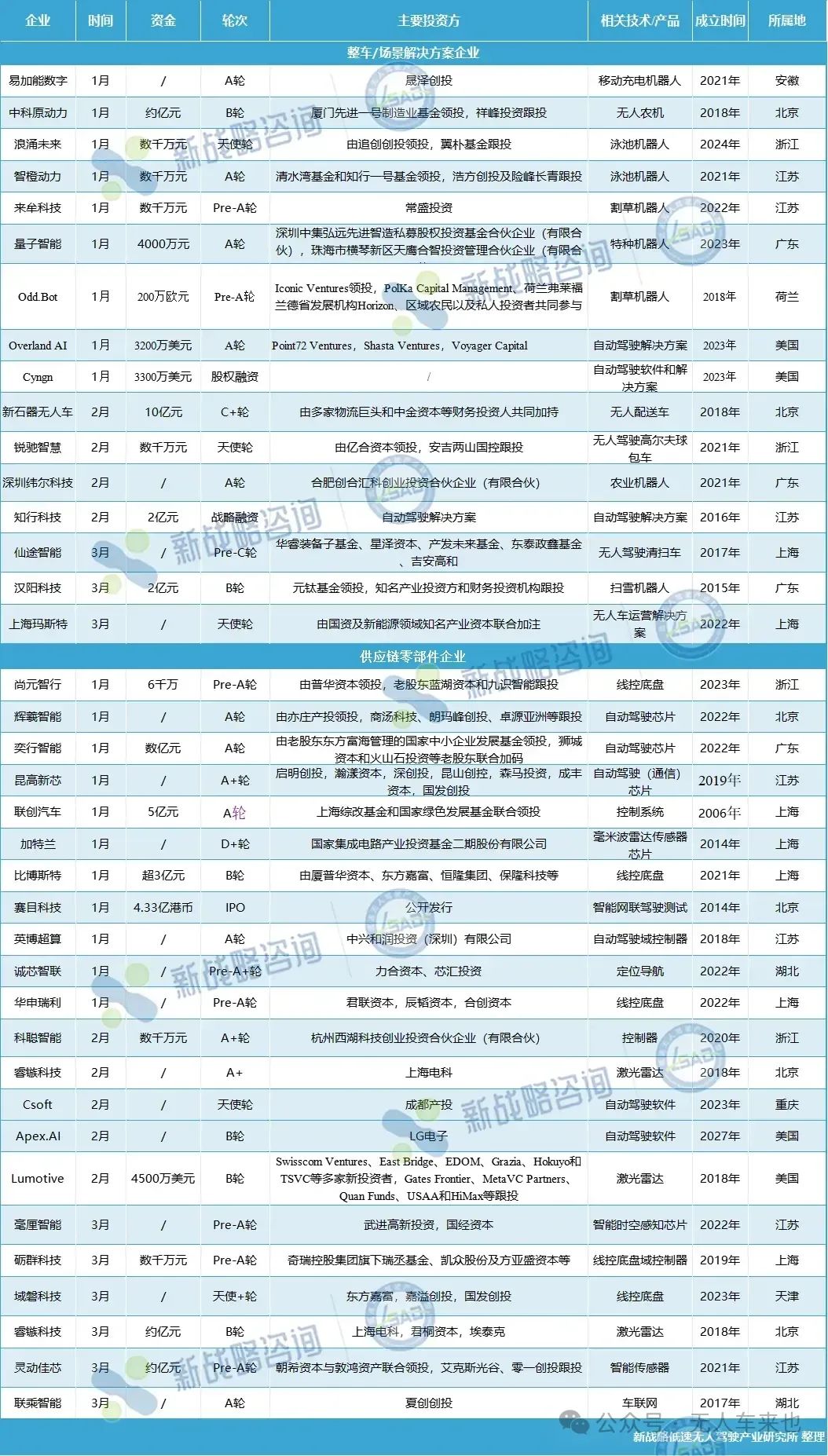
Image Source: Low-Speed Driverless Vehicles Editorial Department
These "high-end housekeeping" projects may seem niche but actually conceal enormous profits:
Gross profit margins for villa garden services exceed 60%, four times that of logistics driverless vehicles; a real estate project in Shenzhen made robots a standard feature of luxury homes, with a 13% premium selling out instantly; manufacturing a lawn mower generates a profit of $1,160, while a driverless vehicle delivering packages earns less than $44 per month.
Even more impressive is the technology dimensionality reduction: Obstacle avoidance algorithms accumulated in garden scenarios can be easily adapted for use in unmanned vehicles in mining areas.
As one investor put it: "Level up in the backyards of the rich and reap the rewards in the slums."
V. Migratory Bird Effect: The "Component War" in the Global Driverless Vehicle Industry Chain
While LG Electronics was funding Apex.AI in the United States, factories in the Yangtze River Delta were staging a "reverse choking":
Storm of Domestic Substitutions
LiDAR: RoboSense has reduced BOM costs to $390, forcing Lumotive in the United States to lay off 40% of its staff; Control Chips: Horizon Robotics launched a "castrated" version of Journey 6, specifically for unmanned agricultural machinery enterprises, reducing power consumption by 50%; Drive-by-Wire Chassis: Bibost invented the "chassis-as-a-service" model, charging rent based on mileage traveled.
These earthy innovations are rewriting the rules of the game:
The localization rate of driverless vehicle components in China has increased from 58% to 83%; a U.S. agricultural machinery enterprise secretly imported Chinese LiDAR, listing it as "agricultural machinery accessories" on customs declarations; a small factory in Shenzhen uses TikTok live streaming to sell autonomous driving cameras, selling 3,000 units per month to Southeast Asia.
This silent supply chain revolution is more lethal than price wars for whole vehicles.
Just as Seiko overturned Swiss watches with quartz movements, Chinese component manufacturers are reconstructing the global industry chain with "ultimate cost-effectiveness."
VI. Conclusion: New Opportunities in the Bubble
Looking back from the peak of $580 million in financing, we see that the driverless vehicle sector is experiencing a "disenchantment moment":
Capital is shifting from pursuing flashy demos to focusing on the supply chain, from worshipping Silicon Valley gods to embracing master craftsmen in the Yangtze River Delta.
Those geeks coding in garages may be disappointed, but for Made in China, this is the sexiest script –
When CNC machines in Suzhou factories start carving LiDAR brackets, and assembly line workers in Dongguan can assemble drive-by-wire chassis with their eyes closed, that's what hardcore technology should look like.
As the log of New Stone Age driverless vehicles updates: "What we deliver is not just goods, but the anxiety and hope of the entire industry chain."
Perhaps the true end goal of driverless vehicles is not to eliminate steering wheels, but to make every component a gear on the money-printing machine.
In summary, Driverless Vehicles Coming (public account: Driverless Vehicles Coming) believes that the financing situation in the driverless vehicle sector in the first quarter of 2025 is quite intriguing. Although the number of financing events is similar to that of the same period in 2024, the total disclosed financing amount has decreased, and the focus of industry financing has shifted to supply chain component enterprises, enhancing the efficiency of corporate financing. Let's anticipate driverless technology entering our lives faster with the aid of capital, bringing us more convenient and intelligent travel experiences!

